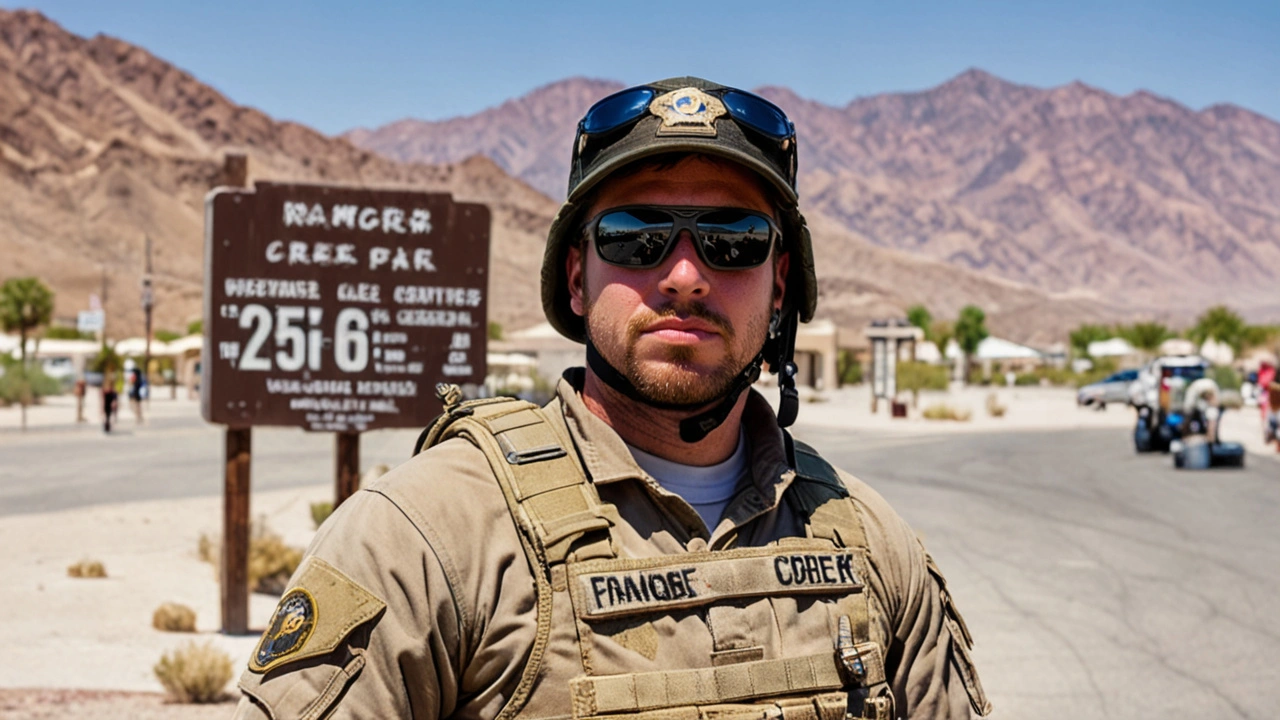Extreme heat: practical safety tips for heatwaves
Heatwaves hit fast and feel worse than they sound. When temperatures climb, small actions make a big difference. Below are clear, practical steps you can use at home, at work, and on the move to reduce risk and stay comfortable.
Spot danger early — signs and who’s at risk
Know the red flags: dizziness, confusion, very high body temperature, fainting, nausea, rapid heartbeat, or not sweating despite heat. Those can point to heatstroke — a medical emergency. Call for help immediately if someone shows these symptoms.
Who to watch: older adults, infants, young children, people with chronic illness, outdoor workers, and anyone without reliable access to cooling or water. Pets and livestock need attention too — they can’t say when they’re overheating.
Simple, effective ways to cool down and prevent trouble
Hydrate before you feel thirsty. Aim for at least 2–3 liters of water daily, more if you’re active or sweating. Avoid heavy alcohol, too much caffeine, and sugary drinks — they can dehydrate you faster.
Dress light: loose, light-coloured clothes and a wide-brim hat keep you cooler. Use breathable fabrics like cotton. At home, close curtains on sun-facing windows during the day and open windows at night if it’s cooler outside.
Use wet cloths and fans smartly. A damp towel on your neck, wrists, or forehead helps body cooling. Fans move air but don’t lower body temperature when it’s extremely hot; combine a fan with a damp cloth or place a bowl of ice in front of it.
Pre-cool living spaces when electricity is available. Run AC or fans in the coolest hours (early morning/late night) and close doors to keep cooled air inside. If power cuts are common, freeze water bottles to use as cooling packs and keep them in a shaded cooler to lower indoor temperature.
Plan activities for cooler parts of the day. Do heavy chores, exercise, or outdoor work in early morning or after sunset. Take frequent breaks in the shade and reduce physical effort when the heat is high.
Travel and car safety: never leave children, elderly people, or pets in a parked car. Temperatures inside cars can skyrocket in minutes. If driving in heat, carry extra water, check tyres, and know where shaded rest stops are.
Workplace tips: employers should provide water, shaded rest areas, and allow adjusted schedules. Wear sun protection and pace yourself. If you feel faint or overheated, stop and cool down immediately.
Community actions matter. Check on neighbours who may be vulnerable, share water and shade when possible, and follow local heat alerts. If you see someone with heatstroke signs — confusion, hot dry skin, or collapsing — call emergency services and cool them while help is on the way (wet towels, fan, ice packs on neck/armpits).
Heatwaves are becoming more common across Africa. Small, practical changes keep you safer and more comfortable. Stay hydrated, stay shaded, and look out for the people and animals around you.

Motorcyclist Succumbs to Extreme Heat in Death Valley as Temperatures Approach Record Highs
Keabetswe Monyake Jul 9 9A motorcyclist died in Death Valley due to soaring temperatures, nearing record highs. The victim was part of a group affected by the extreme heat near Badwater Basin, the lowest point in North America. The National Park Service warned about heat risks and provided safety tips as Death Valley experienced highs close to its historic record temperature of 134 degrees Fahrenheit.
More Detail